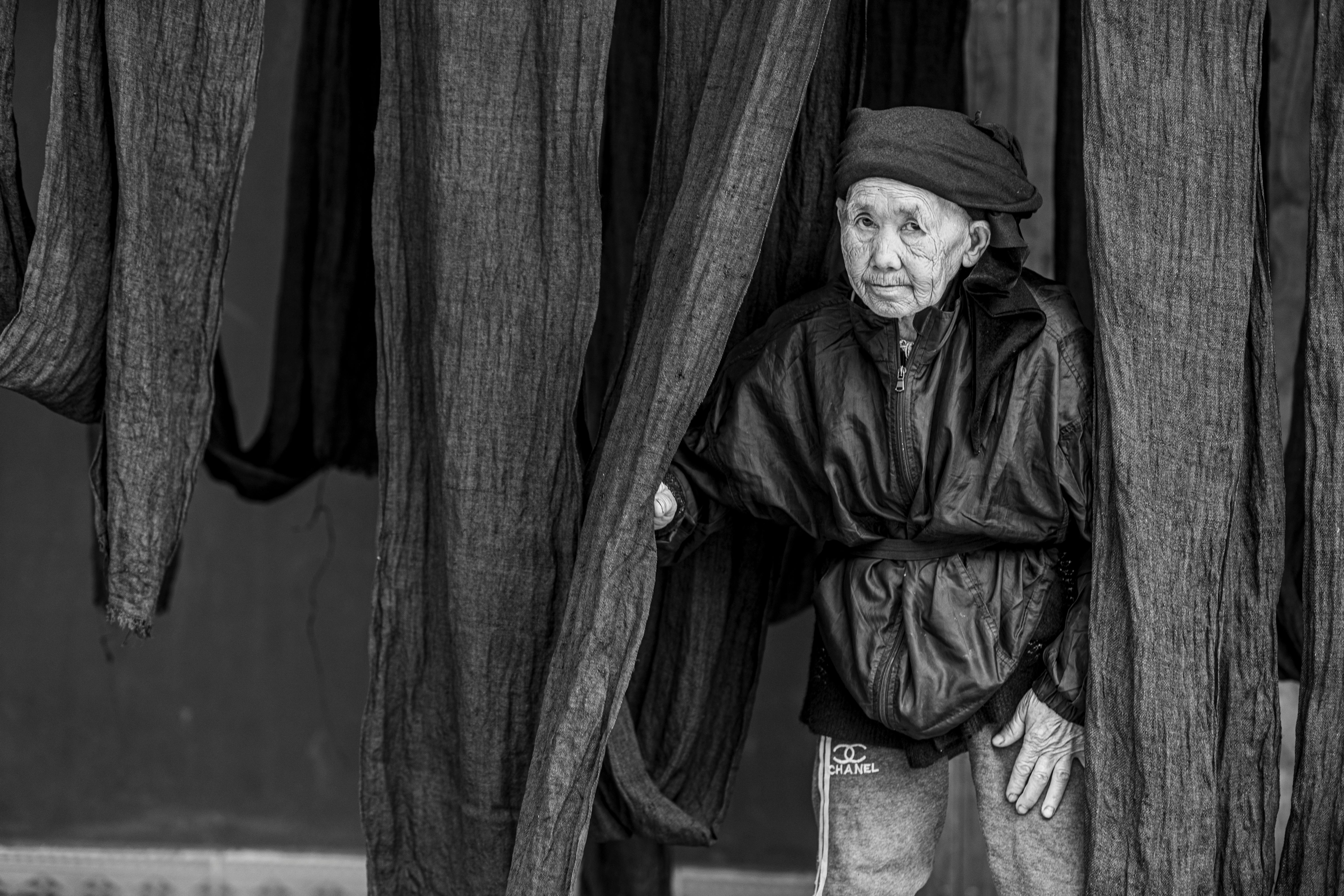Introduction: The Evolving Challenge of Wild Boars
The relentless expansion and ecological impact of wild boars across various landscapes present a multifaceted challenge for conservationists, agriculturists, and urban planners alike. These resilient creatures, known scientifically as Sus scrofa, have carved out a significant niche in ecosystems worldwide, often leading to complex human-wildlife conflicts. Understanding their biology, behavior, and population dynamics is paramount to developing effective management strategies. This is precisely where initiatives like the Boar Corps Project come into play, offering structured approaches to mitigate these challenges.
Building upon the foundational work of its predecessor, the Boar Corps Project Part 2 represents a crucial evolution in our efforts to manage wild boar populations sustainably. This next phase delves deeper into the complexities of wild boar ecology, integrating advanced technologies and refined methodologies to address the persistent and emerging issues associated with these animals. It’s a testament to the ongoing commitment to fostering coexistence between humans and wildlife, ensuring both ecological balance and community well-being.
Understanding the Wild Boar: A Creature of Resilience
Before delving into the specifics of the Boar Corps Project Part 2, it's essential to grasp the nature of the animal at its core. The wild boar (Sus scrofa), also known by various names such as the wild swine, common wild pig, Eurasian wild pig, or simply wild pig, is a suid native to much of Eurasia and North Africa. This fascinating and ancient creature has captivated human interest for centuries, serving as the wild ancestor of the domestic pig (Sus scrofa domesticus). Boar refers to members of the genus Sus, including both the wild boar and its domesticated subspecies.
The wild boar is the largest of the wild pigs, standing impressively up to 90 cm (35 inches) tall at the shoulder. They are incredibly adaptable, a true nomad of the animal kingdom, defying geographical constraints and making their home in a staggering array of habitats, from the frigid boreal taigas to the unforgiving deserts. While wild boars are native to Eurasia and parts of North Africa and most of Europe, they have, in recent years, also become known as feral pigs or wild hogs, wreaking much havoc as invasive species in regions where they are not indigenous. These animals are known for their aggressive behavior and are often a cause for concern due to their potential for agricultural damage and risks to public safety. The wild boar typically lives in woodlands across much of central Europe and the Mediterranean region, but their range is ever-expanding due to their remarkable adaptability and prolific breeding.
- Taxonomy: Wild boars are members of the genus Sus, family Suidae. Most species of pigs evolve from the wild boars.
- Physical Characteristics: Large, robust build, coarse hair, prominent tusks in males.
- Habitat Diversity: Woodlands, grasslands, agricultural areas, even urban fringes. Their ability to thrive in diverse environments is a key factor in their widespread distribution.
- Diet: Omnivorous, consuming a wide variety of food sources including roots, tubers, fruits, nuts, insects, small vertebrates, and carrion. This broad diet contributes to their resilience.
- Social Structure: Typically live in matriarchal groups called sounders, though adult males are often solitary.
- Behavior: Known for their intelligence, adaptability, and, at times, aggressive behavior, especially when threatened or protecting their young.
The Genesis of the Boar Corps Project: From Concept to Action
The original Boar Corps Project was conceived as a multi-stakeholder initiative designed to address the escalating issues posed by wild boar populations. Its primary objective was to establish a baseline understanding of wild boar distribution, population density, and ecological impact within specific regions. Part 1 focused on pioneering data collection methods, engaging local communities, and developing preliminary management frameworks. This initial phase was critical in laying the groundwork for a more comprehensive approach to the challenges presented by these adaptable animals.
This initial phase laid crucial groundwork, identifying key problem areas, assessing the effectiveness of early intervention strategies, and highlighting the need for more sophisticated and sustainable solutions. It became clear that a long-term, adaptive approach was necessary, one that could evolve with the dynamic nature of wild boar populations and their interactions with human environments. The insights gained from Part 1 underscored the necessity for a more comprehensive and refined strategy, paving the way for the development of the Boar Corps Project Part 2. It was recognized that managing a creature as resilient and widespread as the wild boar (Sus scrofa) required continuous innovation and a commitment to long-term solutions.
Why Boar Corps Project Part 2? Addressing Evolving Needs
The transition to the Boar Corps Project Part 2 is not merely a continuation but a strategic evolution. The challenges posed by wild boars are not static; they adapt, expand, and present new complexities that demand updated responses. Part 1, while successful in its foundational goals, also revealed limitations and areas requiring deeper investigation and more robust intervention. The need for Boar Corps Project Part 2 stems from several critical factors, reflecting the dynamic nature of human-wild boar interactions:
- Increased Population Pressure: Despite initial efforts, wild boar populations continue to grow in many areas, leading to increased agricultural damage, habitat degradation, and risks to public safety. Their rapid reproductive rates contribute significantly to this pressure.
- Evolving Behavior: Boars are showing increasing adaptability to human environments, leading to more frequent encounters in suburban and even urban settings. This necessitates new strategies for urban wildlife management.
- Disease Transmission Concerns: The potential for wild boars to act as vectors for diseases, such as African Swine Fever, poses significant risks to livestock industries and, in some cases, human health. Monitoring and mitigating this risk is a high priority.
- Technological Advancements: New technologies in monitoring, tracking, and population control have emerged since Part 1, offering more efficient, precise, and potentially more humane solutions.
- Need for Refined Strategies: Lessons learned from Part 1 highlighted the need for more targeted, ecologically sound, and socially acceptable management strategies that can adapt to varying local conditions.
Boar Corps Project Part 2 aims to leverage these new insights and technologies to create a more effective, sustainable, and adaptive framework for wild boar management, ensuring a proactive rather than reactive approach to these complex challenges.
Key Objectives of Boar Corps Project Part 2
The second phase of this ambitious initiative, the Boar Corps Project Part 2, is meticulously designed with several core objectives that aim to build upon past successes and address current challenges. These objectives are multi-faceted, encompassing scientific research, practical management, and community engagement, all geared towards achieving a balanced coexistence with wild boar populations.
Advanced Monitoring and Data Collection
A cornerstone of the Boar Corps Project Part 2 is the implementation of cutting-edge monitoring technologies. This includes deploying advanced GPS tracking devices on select wild boars to gain unprecedented insights into their movement patterns, home ranges, and habitat utilization. Drone technology equipped with thermal imaging will be used for more accurate population counts and to identify critical areas of activity, especially in dense woodlands where traditional methods are challenging. Furthermore, genetic sampling will be expanded to better understand population connectivity, genetic diversity, and the spread of specific traits or diseases. This granular data is crucial for developing precise and effective management plans that are tailored to the specific dynamics of wild boar populations in different regions.
Innovative Management Strategies
Building on the experiences of Part 1, the Bo



Detail Author:
- Name : Miss Tiffany Cruickshank
- Username : celine.renner
- Email : vonrueden.osborne@bernhard.com
- Birthdate : 1978-08-27
- Address : 17914 Holden Cove Kilbackbury, ID 82710-1568
- Phone : 802-572-8993
- Company : Cassin-Rempel
- Job : Brattice Builder
- Bio : In quibusdam delectus reprehenderit corporis velit nisi qui. Earum tempore et aut soluta dicta eos. Qui quam facere quasi praesentium. Consectetur aliquam repellat et maiores.
Socials
facebook:
- url : https://facebook.com/kelly_id
- username : kelly_id
- bio : Et aspernatur temporibus molestiae blanditiis laborum quia modi.
- followers : 6659
- following : 2890
tiktok:
- url : https://tiktok.com/@stamm2002
- username : stamm2002
- bio : Delectus iure debitis sed iste ducimus at.
- followers : 2086
- following : 2337